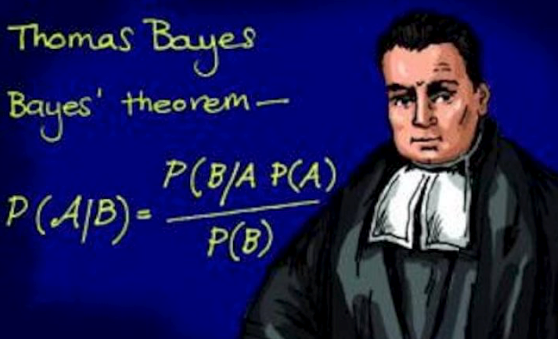SUERC Postgraduate Student, Jack Carter, has published his first paper from his PhD research.
Published: 25 August 2020
Jack along with Marissa Tremblay and Darren Mark present a Bayesian method for the analysis and interpretation of 40Ar/39Ar step-heating spectra that result from mixing of multiple components, where a component is defined by both its age and mineral composition. This is the first of three papers that Jack will publish in the next few months.
SUERC Postgraduate Student, Jack Carter, has published his first paper from his PhD research. Jack along with Marissa Tremblay and Darren Mark present a Bayesian method for the analysis and interpretation of 40Ar/39Ar step-heating spectra that result from mixing of multiple components, where a component is defined by both its age and mineral composition. This is the first of three papers that Jack will publish in the next few months.
Carter et al., 2020, A Bayesian approach to the deconvolution of Ar/Ar data from mineral mixtures, Chemical Geology
View paper in Chemical Geology

Abstract
40Ar/39Ar geochronology is a powerful technique for dating geological events and processes on timescales from hundreds to billions of years. Many 40Ar/39Ar datasets are collected from analysis of single mineral phases or phenocryst-free groundmass that cooled rapidly following a volcanic eruption, which can allow for straightforward interpretation of 40Ar/39Ar age spectra. However, 40Ar/39Ar age spectra from mixtures of multiple minerals and/or multiple age components are often complex. In such situations, interpretations commonly used for single mineral phases are inappropriate and will result in geologically spurious conclusions. Here, we present a Bayesian method for the analysis and interpretation of 40Ar/39Ar step-heating spectra that result from mixing of multiple components, where a component is defined by both its age and mineral composition. We test the efficacy of this Bayesian approach using a suite of case studies. Two of these case studies utilize 40Ar/39Ar data from laboratory-prepared mixtures, which we use to explore how the composition, age, and number of components in a mixture, as well as our prior knowledge of these parameters, influence the model results. We also present an application-based case study in which we use plausible compositions and ages from a past Mars landing site to generate a synthetic 40Ar/39Ar dataset, which we then deconvolve using our Bayesian approach. We discuss modifications to our method that could improve the model's precision and outline geologic applications of our Bayesian approach in terrestrial and extraterrestrial settings that would permit the extraction of a greater amount of temporal information.
First published: 25 August 2020
<< News

